1. Pet Rocks
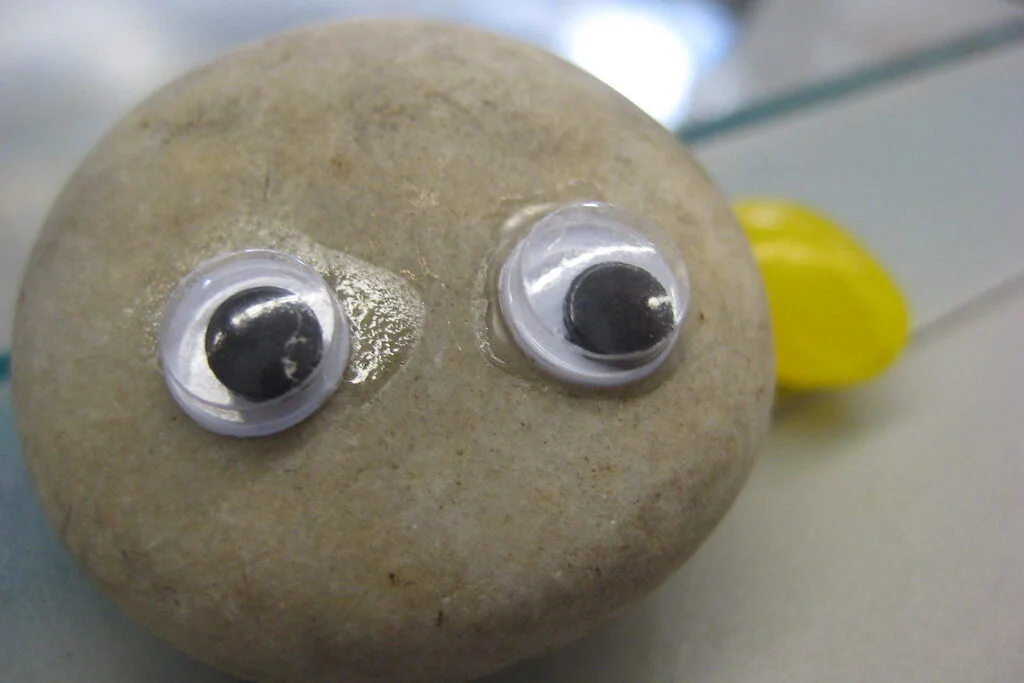
In the ’70s, a craze emerged that might seem utterly bizarre today: pet rocks. All you had to do was pick up a smooth, rounded stone, place it in a box with breathing holes, and voila—a pet that required zero maintenance. What made this oddity even more popular was the way it was marketed as a “low-maintenance” companion that could “bring joy” into your life. People were suddenly obsessed with owning these “pets” as if they were the next big thing in animal care.
The idea caught on so quickly that nearly 1.5 million pet rocks were sold in just six months. It became a symbol of the ’70s absurdity, a quirky representation of how even the most ridiculous trends can catch fire. Pet rocks might not have had much personality, but they certainly made a mark on pop culture that’s still remembered today.
2. Mood Rings
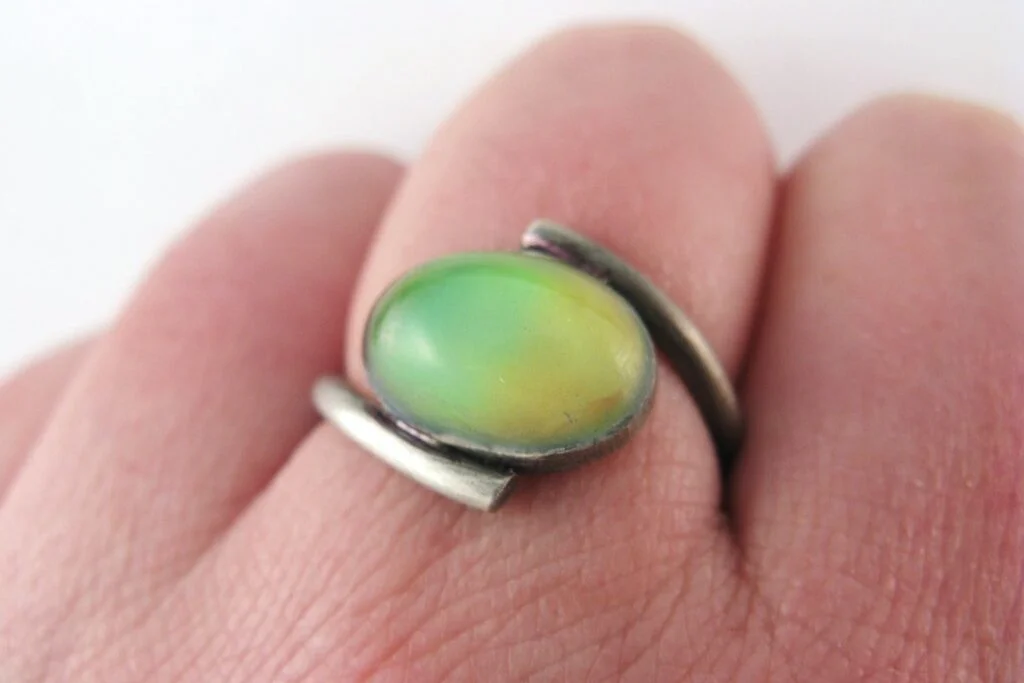
In the ’70s, mood rings were all the rage, and for good reason—they claimed to change colors based on your emotions. These rings were filled with thermotropic liquid crystals, which shifted colors with temperature fluctuations, supposedly indicating everything from love to stress. Everyone from teenagers to adults was sporting one, and they were marketed as both a fashion accessory and an emotional barometer.
While mood rings didn’t actually reveal your feelings, they were a massive trend, often seen as an easy way to showcase how “in touch” you were with your emotions. Even though the science behind them was a little dubious, they made their way into the hearts (and fingers) of millions. To this day, they remain a nostalgic symbol of ’70s pop culture, reminding us of how fun, if a bit silly, trends can be.
3. Macramé

Macramé, the art of knotting string to create decorative items, took over homes in the ’70s. From plant hangers to wall hangings, this craft was everywhere, often seen hanging in living rooms, kitchens, and bedrooms. People were drawn to its handmade aesthetic, which seemed to symbolize the ’70s love for bohemian and natural-inspired décor. If you visited a friend’s house in the ’70s, chances were there was at least one macramé piece in sight.
What started as a niche craft quickly became a mainstream obsession, with macramé supplies flying off the shelves at craft stores. It wasn’t just a home decor item; it was also used in clothing and accessories, from belts to purses. The trend eventually faded but remains a charming part of ’70s nostalgia for its artsy, earthy vibes.
4. Bell-Bottom Jeans
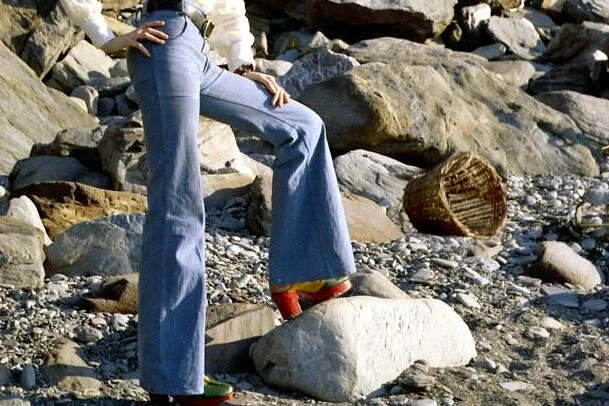
Bell-bottom jeans were a staple of ’70s fashion and made a statement both on and off the dance floor. These flared trousers, which started as a naval uniform, became the must-have item for anyone wanting to be stylish in the ’70s. The more exaggerated the flare, the better, with denim, corduroy, and even polyester being used to create the perfect pair.
Although bell-bottoms might seem outdated now, they were a symbol of the counterculture movement, often associated with rebellious youth and freedom of expression. The influence of bell-bottoms can still be seen today in various retro-inspired fashion lines, reminding us of a time when clothes were as much about attitude as they were about style.
5. Roller Disco
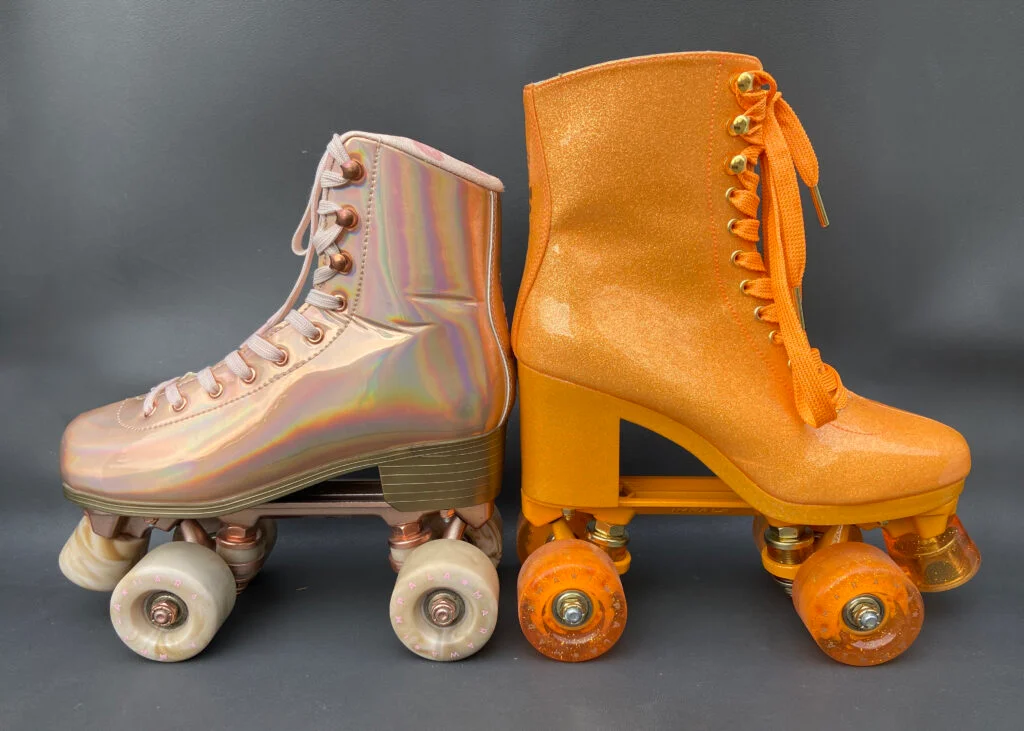
The ’70s brought us many things, but one of the most dazzling and unusual trends was roller disco. Skating rinks turned into vibrant nightclubs, with glittering disco balls, funky music, and, of course, people skating to the beat. Roller disco was all about blending the popularity of roller skating with the cultural force of disco music, creating an atmosphere of free expression and fun.
People donned sparkly outfits, boogie shoes, and the flashiest skates they could find, hitting the rink for hours of skating and dancing. It was the perfect combination of two major cultural forces, and for a time, roller disco seemed unstoppable. While the trend faded by the end of the decade, the look and spirit of roller disco still evoke the carefree, colorful ’70s vibe.
6. Disco Balls

Disco balls were as much a part of ’70s culture as bell-bottoms and funky dance moves. These shiny, mirrored spheres became a symbol of the disco era, hanging in nightclubs and parties everywhere, catching the light and reflecting it in dazzling patterns across the room. The hypnotic movement of the disco ball became an iconic visual for everything that was glamorous and carefree about the decade.
While it might seem strange to think about today, the disco ball was essential for creating the atmosphere of the time. It wasn’t just a decoration; it was part of the magic, creating a space where people could escape and dance their worries away. Even today, the sight of a disco ball still brings a wave of nostalgia for the glittery, high-energy era of the ’70s.
7. Stretch Armstrong
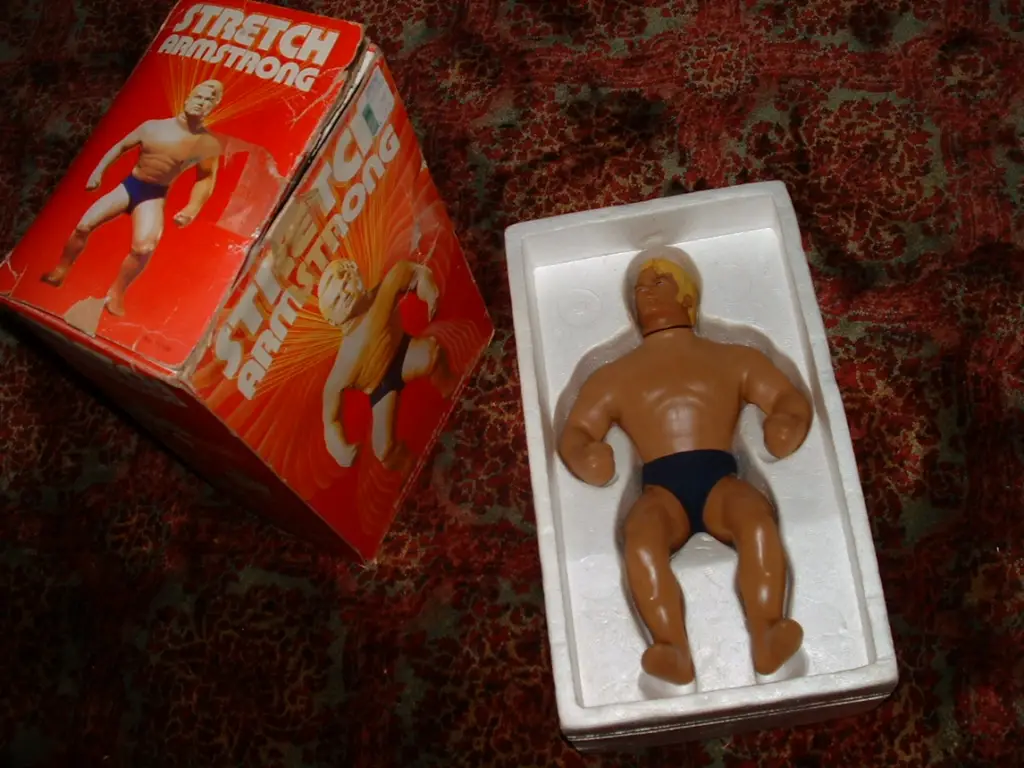
Stretch Armstrong was one of the hottest toys of the ’70s, a rubber action figure that could stretch his arms and legs way beyond their normal length. He was marketed as an indestructible toy—one that could withstand even the roughest play without losing his shape. Kids everywhere were fascinated by the toy’s ability to stretch, and it became a must-have item in every home.
While the toy’s popularity eventually waned, Stretch Armstrong remained a classic symbol of the ’70s, with collectors still hunting for vintage versions today. His stretchy limbs made him an oddly satisfying part of childhood for many, reflecting the decade’s interest in innovative, somewhat wacky toys that emphasized fun over function.
8. Lava Lamps
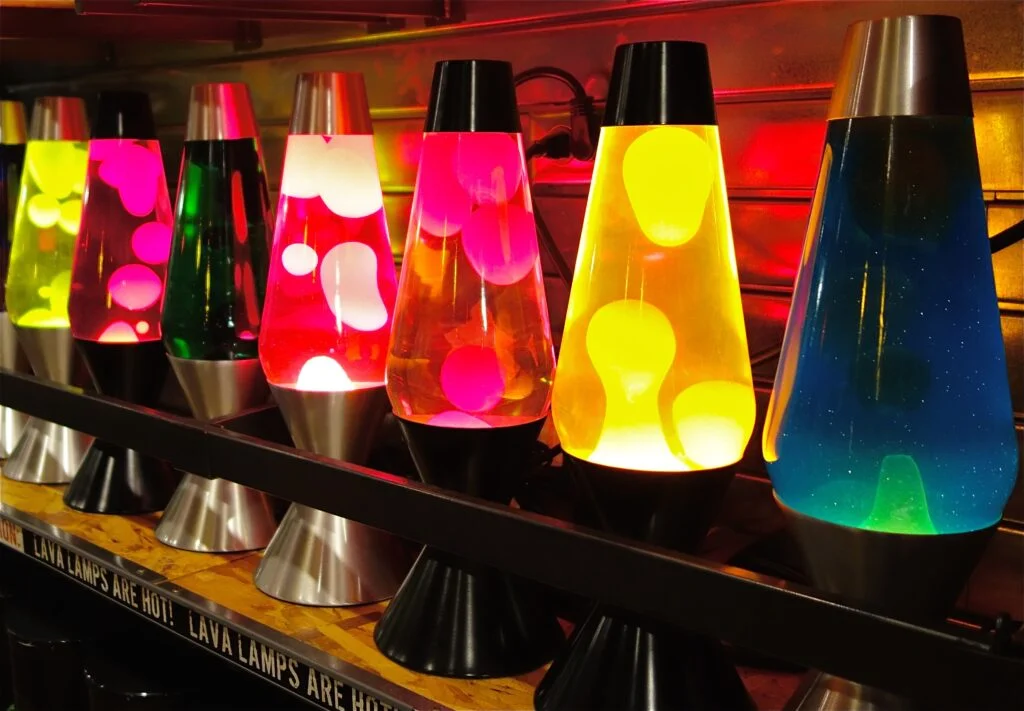
Few items scream ’70s more than the classic lava lamp. These groovy, colorful blobs of wax floating in liquid captivated the imagination of many. Originally invented in the ’60s, lava lamps reached peak popularity in the ’70s, often found in bedrooms, living rooms, and offices. Their psychedelic appeal perfectly matched the mood of the time, with people viewing them as both a decorative item and a symbol of relaxation.
Although their appeal might seem mysterious today, lava lamps were more than just kitsch; they were the embodiment of a laid-back, groovy lifestyle. As a result, these lamps became iconic pieces of ’70s décor that have never really disappeared, appearing in everything from vintage shops to modern-day homes looking for a retro vibe.


